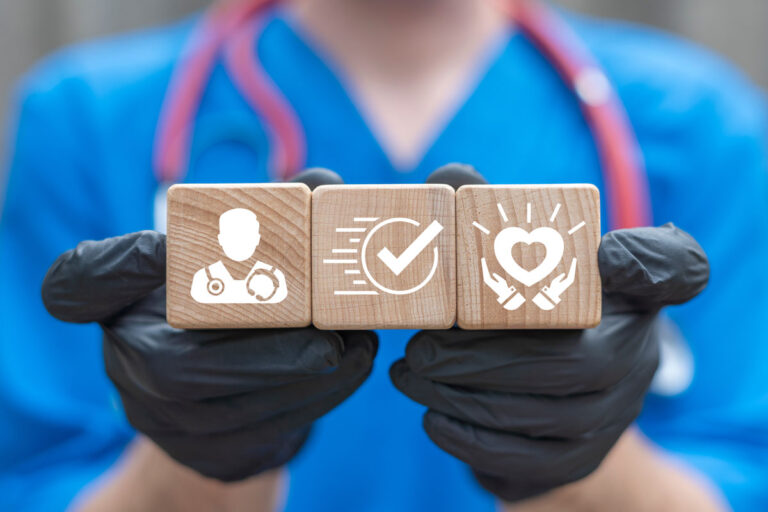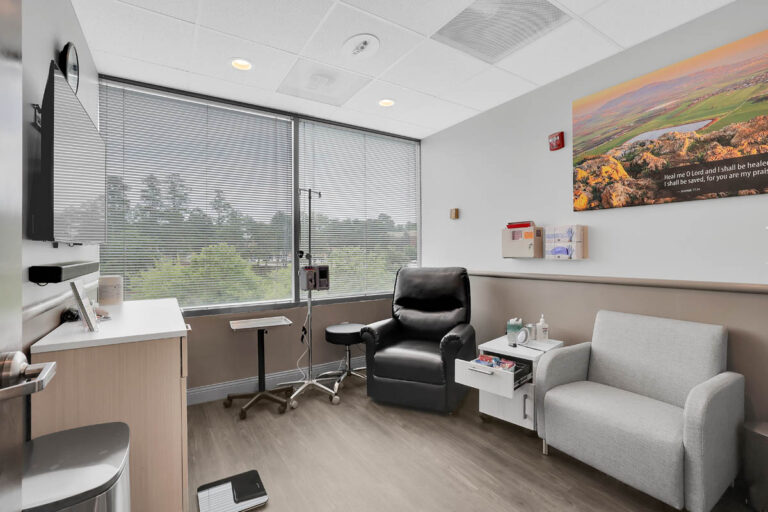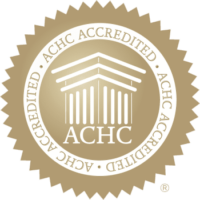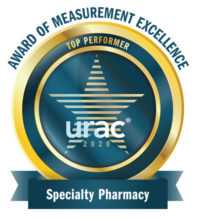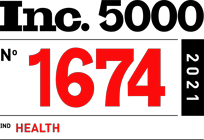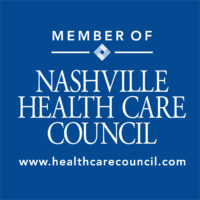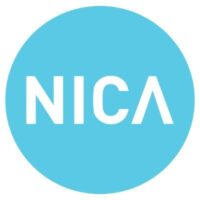
By: Shane Reeves, Chief Executive Officer, TwelveStone Health Partners
February is the time of year to rightfully turn our attention to Women’s Heart Health. Wives, mothers, and sisters, are the ‘heart’ of their respective homes—that heart now deserves our focus. “Cardiovascular disease is the No. 1 killer of U.S. women, causing 1 in 3 deaths each year, more than all cancers combined.[1] Further, 44% of women aged 20 years and older between 2015 and 2018 had some form of cardiovascular disease, including high blood pressure.
And yet less than half of women are even aware of their greatest risk.
“The American Heart Association’s signature women’s initiative, Go Red for Women, is a comprehensive platform designed to increase women’s heart health awareness and serves as a catalyst for change to improve the lives of women globally.”[2] Why? Because most cardiovascular diseases can still be prevented with education and healthy lifestyle changes.
Different risks affecting women only
Three areas of higher risk unique to women are:
1) Women who start their menstrual cycle younger than 11 or enter menopause younger than age 40
2) Women who are disproportionately affected by inflammatory and autoimmune disorders are associated with increased risk of heart inflammation, heart and valve disease and heart attacks
3) Women facing heart risks related to treatment for breast, uterine or ovarian cancer.[3]
Data and treatment should be specific for women
Even with all we know about heart risk among women, they continue to be underrepresented in research for heart disease. Nearly 7 out of 10 post-graduate medical trainees reported little to no training regarding gender-based medical concepts. Further, only 22% of physicians and 42% of cardiologists said they felt prepared to adequately assess heart disease specific to women.[4] Clearly education and training including clinicians.
What should women be looking for?
As shared by Michael Phelps, “The problem with heart disease is that the first symptom is often fatal.”
Common warning signs of a heart attack include:
- Shortness of breath with or without chest pains
- Breaking out in a cold sweat, nausea, or lightheadedness
- Pain in one or both arms, neck, jaw, stomach, or back
- Uncomfortable pressure in the chest lasting for more than a few minutes, or goes away and comes back[5]
Like men, the most common heart attack symptom among women is chest pain. However, women are more likely than men to experience shortness of breath, fatigue, dizziness, and pain in the upper abdomen. Women do not write this off as acid reflux, the flu or normal aging. [6]
Although new medical and surgical interventions continue to extend the lives of those with heart disease, for women, recognizing when there is an issue is the most important first step. This February we encourage all clinicians and loved ones to listen closely and carefully to the women in their lives.
Keep your heart with all diligence, for out of it is the wellspring of life. Proverbs 4:23
[1] https://www.goredforwomen.org/en/
[2] https://www.goredforwomen.org/en/
[3] https://www.heart.org/en/news/2022/05/09/report-calls-out-gaps-in-womens-heart-disease-research-care
[4] https://www.heart.org/en/news/2022/05/09/report-calls-out-gaps-in-womens-heart-disease-research-care
[5] https://www.morelandobgyn.com/blog/heart-health-month
[6] https://www.heart.org/en/health-topics/heart-attack/warning-signs-of-a-heart-attack/heart-attack-symptoms-in-women

